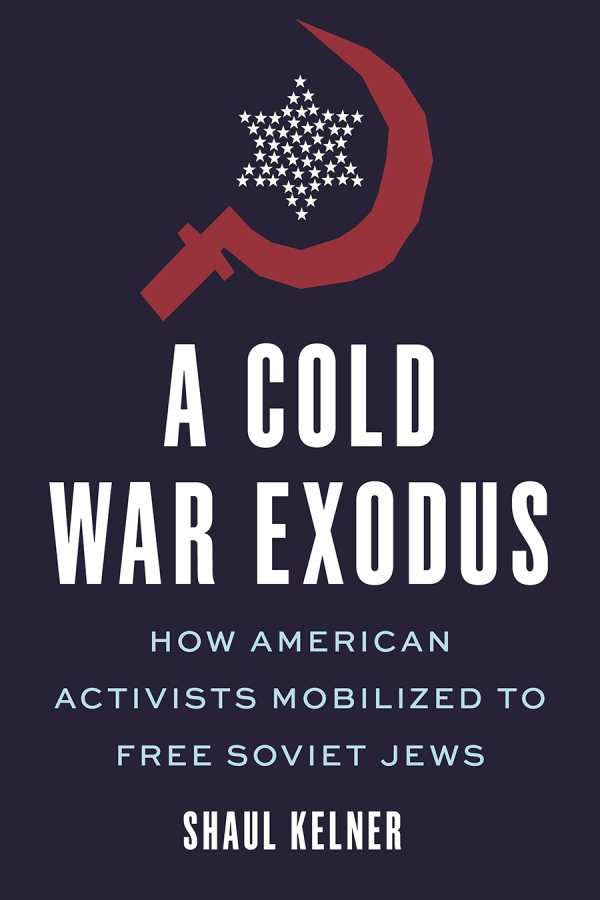A Cold War Exodus
How American Activists Mobilized to Free Soviet Jews
During the final decades of the Soviet Union, the country’s Jewish population was stuck in an impossible situation, unable to practice their religion and also forbidden to leave. Shaul Kelner’s A Cold War Exodus shows how a movement of disparate communities and creative tactics brought attention to their plight, making mass emigration possible.
Opening with a discussion of how Judaism in the USSR was suppressed in the years following World War II, the book explains how shifting US-Soviet relations provided opportunities for influence. It then focuses on the US’s slice of the international activism movement around freeing Soviet Jews, including annual Freedom Seders, with activists carrying haggadot and protesting outside of Soviet missions, using Passover’s origins as a metaphor, with Moses’s demand to “let my people go” a fitting corollary. Taking advantage of the easing of travel restrictions after Joseph Stalin’s death, American Jews also visited their USSR counterparts, bringing supplies including prayer books and sending rabbis to meet them.
The activists used some creative venues to draw attention to the treatment of Soviet Jews, Kelner notes, from Banana Republic catalogs to advertising during a hockey game between the Philadelphia Flyers and the Soviet team. These involving stories convey the depth and breadth of the movement, revealing how its success depended on raising awareness and funds within the American Jewish community to fight what Dr. Martin Luther King Jr. called “a kind of spiritual and cultural genocide” of their Soviet counterparts. By the early 1990s, more than half of Soviet Jews had emigrated, thanks in large part to these efforts.
An eye-opening history text, A Cold War Exodus covers a pivotal period of Soviet, American, and Jewish history, chronicling the important activism that made escape possible.
Reviewed by
Jeff Fleischer
Disclosure: This article is not an endorsement, but a review. The publisher of this book provided free copies of the book to have their book reviewed by a professional reviewer. No fee was paid by the publisher for this review. Foreword Reviews only recommends books that we love. Foreword Magazine, Inc. is disclosing this in accordance with the Federal Trade Commission’s 16 CFR, Part 255.

